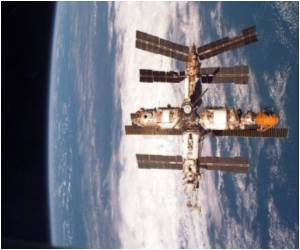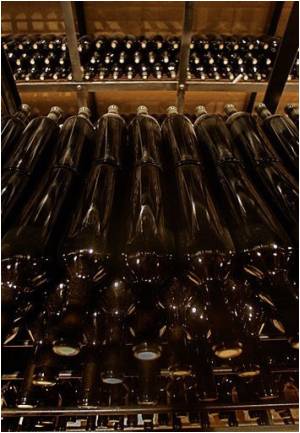
Anton Wallner, from the Research School of Physics and Engineering at The Australian National University (ANU), said that small amounts of debris from these distant explosions fall on the earth as it travels through the galaxy.
They found that there was much less of the heavy elements such as plutonium and uranium than they expected, he further added.
The findings are at odds with current theories of supernovae, in which some of the materials essential for human life, such as iron, potassium and iodine are created and distributed throughout space.
Supernovae also create lead, silver and gold, and heavier radioactive elements such as uranium and plutonium.
Dr Wallner's team studied plutonium-244 which serves as a radioactive clock by the nature of its radioactive decay, with a half-life of 81 million years.
Advertisement
Dr Wallner further mentioned that it seems that these heaviest elements might not be formed in standard supernovae after all and it might require rarer and more explosive events such as the merging of two neutron stars to make them.
Advertisement









